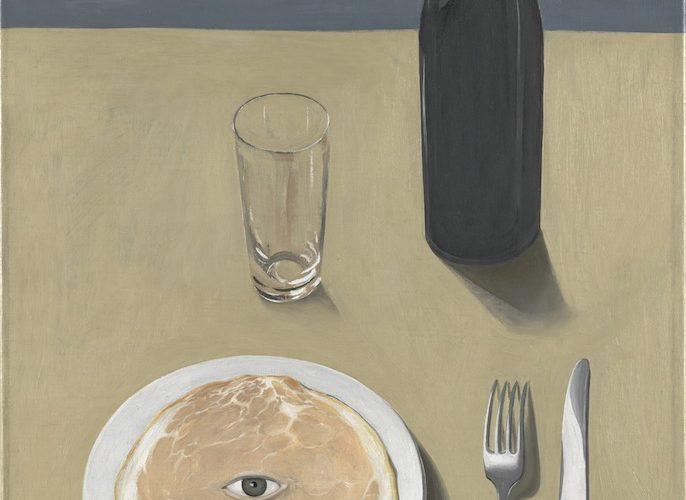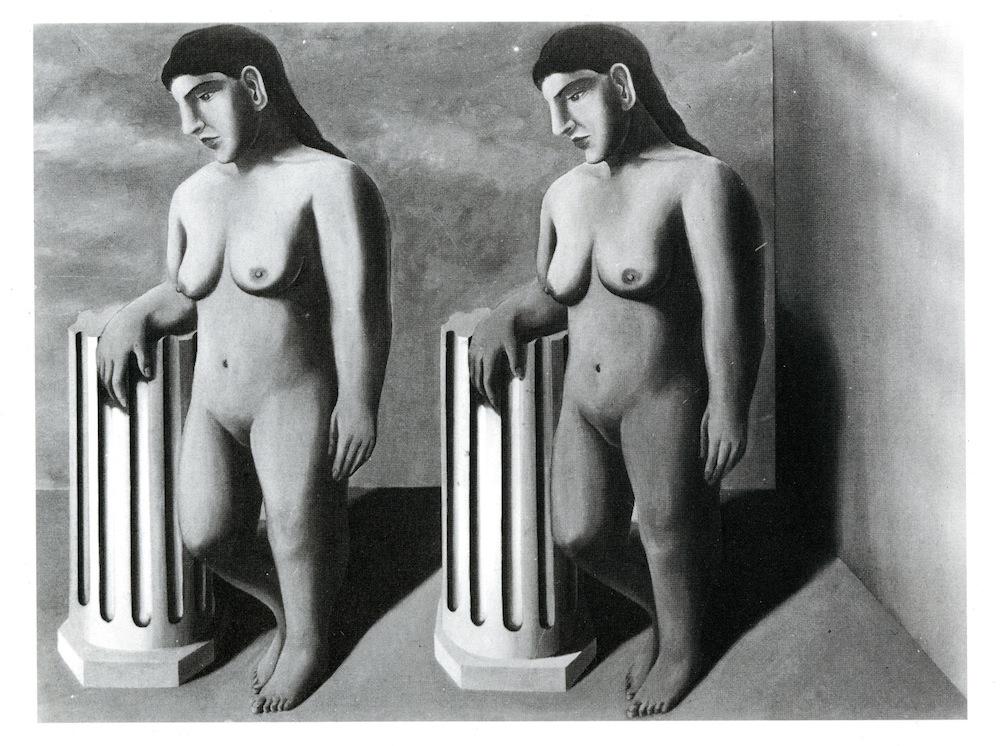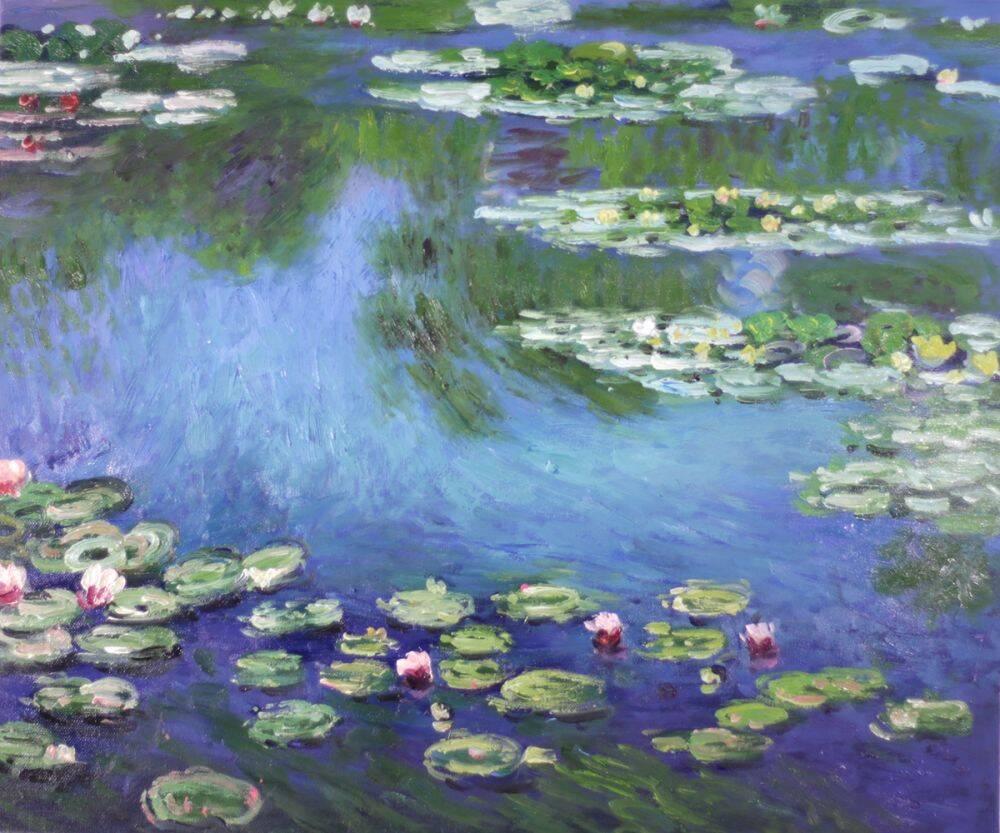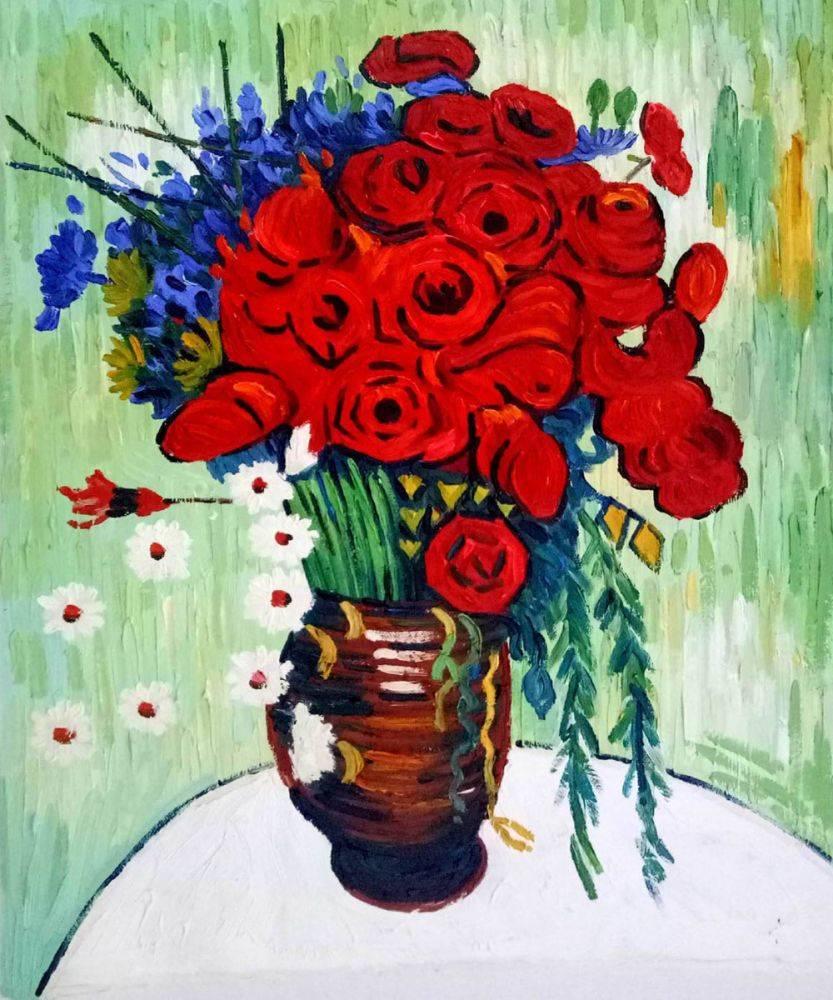Art
Lost Magritte Mystery Solved: What X-Rays Found Beneath The Portrait
The canvas is roughly thirty inches high and is rendered from the perspective of a viewer sitting down to a rather surreal meal. There are the fork and knife, the glass, the beverage container, and on the plate stares an eye back at the viewer. The Portrait is the painting that started a series of profound questions among conservationists and eventually led to the solving of a mystery.
The show surrounding the unlikely mystery is aptly named: “Magritte: The Mystery of the Ordinary, 1926-1938,” an exhibit at MOMA currently running through January 12, 2014. It is the first exhibition to focus on René Magritte’s Surrealist years.
“There was something off about the painting from the start.” In 2011, Curator Anne Umland and conservator Michael Duffy first noticed that the piece of art had been painted around the edges, whereas Magritte utilized white primer on the canvas edges typically, according to the conservator. X-ray photos were taken as a standard part of inspection and preparing the painting for display. The X-rays
revealed something interesting:
“…we developed the X-ray and saw that there was a visible figure underneath—though since the underlying image is perpendicular to the imagery of The Portrait, it took us a while to figure out what it was.”
X-rays revealed a nude torso of a female, which didn’t shock the staff but did pique their interest. (Magritte has been known to overpaint.) The next task was to find what the painting beneath was. What was its title, its history?
The identity of the painting was discovered after a conversation with Brad Epley, at Houston’s Menil Collection, which, along with the Art Institute of Chicago, co-organized the exhibition with MoMA. Epley noted “a similarity to a painting in the catalogue raisonne, The Enchanted Pose, from 1927. Its whereabouts, according to the catalog, were unknown.”
That painting featured two identical female nudes, adjacent to one another, each resting an arm on a broken column. But the nudes were full-length, not the partial figure revealed by X-rays of The Portrait.
The destroyed nude of Magritte was entitled La Pose Enchantée (The Enchanted Pose), rendered in 1927, oil on canvas, dimensions unknown as only one figure spans the canvas in the x-ray. The conservators were taken aback, yet understood, why this once acclaimed artwork had been painted over by Magritte: “It was critically acclaimed when it was shown in a 1927 exhibition at Le Centaure. However, further down the line, there was also a 1932 letter from the Palais des Beaux-Arts in Brussels, instructing Magritte to come and retrieve the painting, which had been languishing there,” said Duffy.
“He’s at a very different place in his career in 1935 from 1927,” Umland relayed. “One can hypothesize that he had moved on. Was The Enchanted Pose too Picasso-like? Was he no longer interested in strategies of doubling? Or perhaps the condition of the painting had been compromised.” The conservationist speculated that it was different from the work he previously produced and that it didn’t sell. It was strange to them how such a large work of art could disappear.
Of course, the X-ray only revealed half of the painting, the painting which was now The Portrait. The conservationists have a challenge before them to find the other half. They have analyzed a few candidates, which did not have paint on the sides and were then ruled out. Though Umland notes that Magritte has cut used prior works in a similar way: “And there are multiple works from the period we’re looking at in which he divides his pictures into quadrants;” Umland cites Man Reading a Newspaper (1928), from the Tate, in which the image is separated into four frames. “And he often does images of the backs of paintings that are divided into quadrants by stretcher bars. So this idea of quartering, dividing, gridding, cutting, all as a way of countering seamlessness, is there in his practice.”
The search is still on for the missing half, though thanks to the catalogue raisonne, we can view The Enchanted Pose now.






